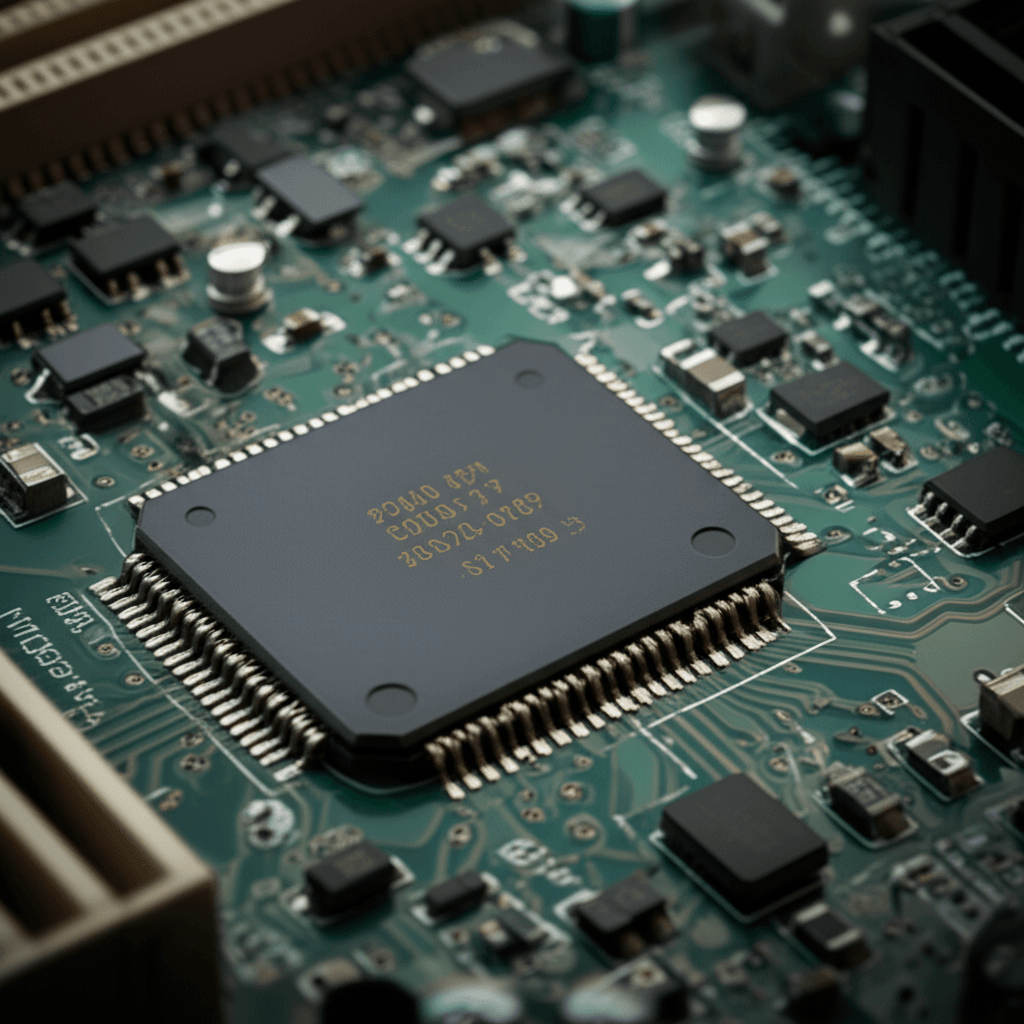Microsoft recently announced significant changes to Windows Update that affect how legacy drivers are handled. While aimed at improving security and system performance, these changes have important implications for users of older hardware. Below, we explore what this policy shift means and how you can protect your devices from potential hardware conflicts.
### Why Microsoft Is Removing Legacy Drivers
The removal of outdated drivers from Windows Update stems from two primary goals: enhancing system security and improving driver quality standards. Microsoft states that maintaining obsolete drivers creates vulnerabilities that could be exploited by malicious actors. Additionally, cleaner driver repositories help ensure users receive only optimized, properly maintained drivers through official channels.
This cleanup initiative will occur in phases:
1. Initial removal focuses on drivers with newer replacements already available
2. Subsequent phases target broader categories of outdated drivers
3. Hardware partners have a 6-month window to contest removals or republish updated versions
### Potential Hardware Compatibility Risks
While beneficial for newer systems, this policy creates challenges for users maintaining:
– Computers older than 5-7 years
– Specialized industrial equipment
– Legacy peripherals (printers, scanners, input devices)
– Obsolete components no longer supported by manufacturers
Automatic Windows Updates pose the greatest risk, as they may silently replace functional legacy drivers with incompatible newer versions. Common symptoms of driver mismatches include:
– Sudden device disconnections
– Reduced functionality (missing features)
– Performance degradation
– Complete hardware failure
### 4-Step Protection Plan for Older Hardware
#### 1. Disable Automatic Driver Updates
Navigate through System Settings:
1. Open Settings > System > About
2. Click ‘Advanced system settings’
3. Select Hardware tab > ‘Device Installation Settings’
4. Choose ‘No (your device might not work as expected)’
5. Save changes
#### 2. Manually Preserve Current Drivers
Before updating Windows:
1. Type ‘Device Manager’ in the Windows search bar
2. Right-click critical devices > Properties > Driver tab
3. Click ‘Driver Details’ to identify driver versions
4. Use built-in tools or third-party utilities to create driver backups
#### 3. Establish Manual Update Protocols
Instead of relying on Windows Update:
– Bookmark manufacturer support pages for all critical hardware
– Subscribe to update notifications where available
– Create a biannual review calendar for driver maintenance
#### 4. Consider Long-Term Solutions
For mission-critical legacy systems:
– Explore virtualization options
– Maintain offline driver repositories
– Research component replacements with modern equivalents
### When Driver Removal Becomes Critical
Microsoft prioritizes removing drivers when:
– Published replacements demonstrate significant security improvements
– The original driver hasn’t received updates in 3+ years
– Compliance standards require specific certifications
– Hardware usage metrics fall below minimum thresholds
### Proactive Maintenance Strategies
1. Conduct quarterly hardware inventories documenting all driver versions
2. Maintain restore points before major Windows Updates
3. Utilize Windows’ driver rollback feature (Device Manager > Properties > Driver tab)
4. Connect through enterprise update management systems for business-critical hardware
While Microsoft’s driver cleanup initiative ultimately aims to create a safer Windows ecosystem, responsible users should balance security needs with hardware preservation requirements. By implementing these protective measures, you can maintain system compatibility while benefiting from Windows’ improved update framework.
Remember: This transition doesn’t mean older hardware becomes instantly obsolete, but rather requires more proactive management. As Microsoft expands its cleanup categories over the coming months, staying informed through official channels remains your best defense against unexpected compatibility issues.

Leave a Reply